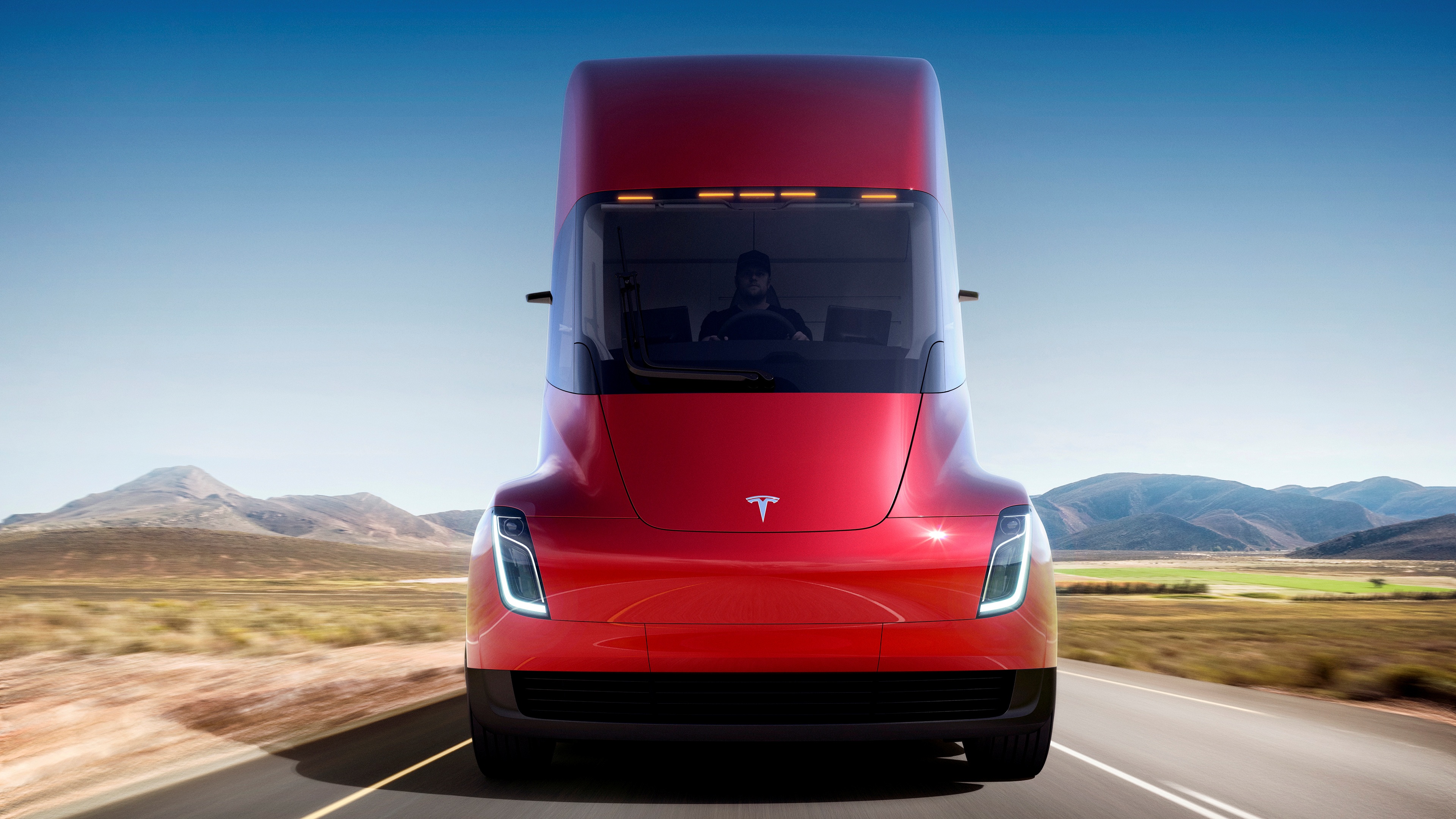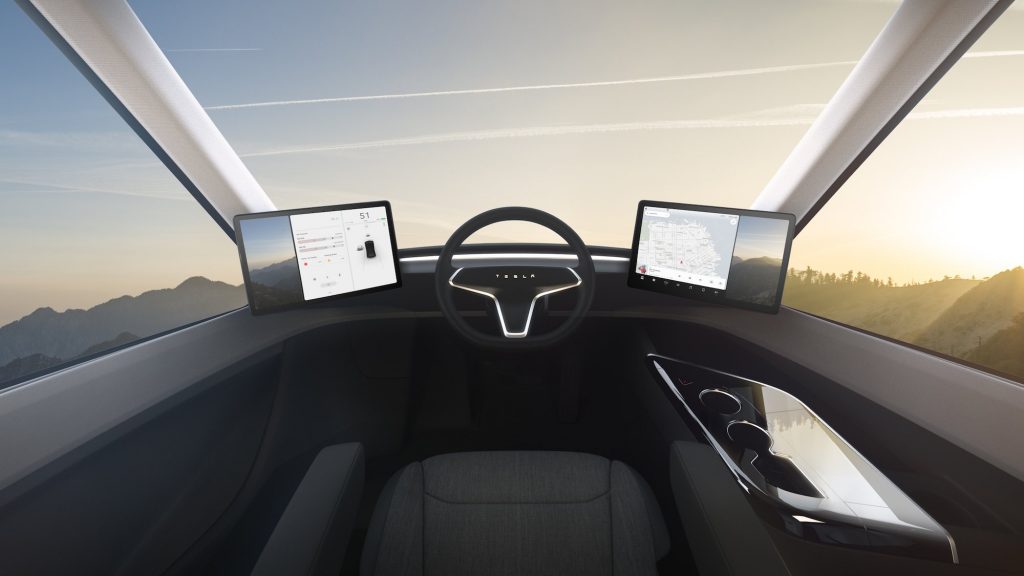Companies decisions to buy electric vehicles nuanced
Elon Musk might have made it look easy to sell electric semi-trucks to fleet owners, but the reality is that a company’s decision to buy electric vehicles to deliver packages around cities, haul goods across state lines or pick up residential refuse is a highly nuanced one. That depends on the viability of commercial electric vehicles for specific uses.
Recently the North American Council for Freight Efficiency (NACFE) published a report looking at what point commercial electric vehicles reach parity with diesel-powered vehicles in terms of attributes like cost, weight and maintenance needs. The group, which worked with Rocky Mountain Institute on the research, looked at class 3 to class 8 commercial vehicles, which represent various sizes ranging from a walk-in delivery van to a school bus to a sleeper cab truck.
The group released the report at the ACTExpo fleet industry conference in Long Beach, Calif. During the opening of the event, Erik Neandross, chief executive of Gladstein, Neandross and Associates, joked that the event had morphed from a natural gas vehicle conference a few years ago into a “commercial electric vehicles summit.’’
The expo floor is “packed with electric drive technology,’’ Neandross said.
The expo floor is “packed with electric drive technology,’’ Neandross said.Indeed, a handful of delivery vans, pickup trucks, and buses powered by batteries greeted attendees at the Long Beach Convention Center.
Enjoying our insights?
Subscribe to our newsletter to keep up with the latest industry trends and developments.
Stay InformedViability of Commercial Electric Vehicles
But fleet managers at the event said that they’re buying commercial electric vehicles for specific use cases, not to replace all of their diesel vehicles. Many fleets are maintaining a portfolio of advanced technology vehicles including ones that use natural gas, propane and hybrids, in addition to batteries.
A big factor in determining the viability of commercial electric vehicles is worth its investment depends, not surprisingly, on how the vehicle is going to be used.
For example, a medium-duty urban delivery van that has a stable route of between 50 to 100 miles per day could be one of the earliest commercial vehicles to go electric, the NACFE report found. That’s because the charging can be done predictably, stop-and-go traffic can tap into regenerative braking and there’s a sweet spot of miles driven (it’s enough miles to save money on gas but not too far to exceed the battery range).
Another commercial vehicle type that is quickly going electric is transit buses. Similar to the operations of urban delivery vans, the transit bus handles predictable routes, operates in stop-and-go traffic and is needed for the right amount of miles for it to make sense in an electric form.
What the Long Haul Looks Like
On the other hand, a long haul heavy-duty truck that needs to drive 400 or 500 miles a day and that typically carries a heavy load might have a lot harder time cost-effectively and efficiently running off batteries today, notes the report. Class 7 and 8 vehicles (these are heavy) might not reach parity to diesel vehicles on various aspects by 2025 or 2030 or later, the research suggests.
In addition to the way that the vehicles are used, a fleet manager might also have dozens of other factors that he or she is considering in the investment decision. The report lists 22 different purchasing decision attributes.
These could include financial incentives like grants, tax credits and emissions credits. Or these could be about the potential expenses associated with maintaining an environmental-leaning or early-adopter brand.
Retain and Attract New Drivers
The report also noted that vehicle technology is increasingly being used to try to retain or attract new drivers. At a breakfast event focused on the report, fleet owners discussed how trucking companies are thinking about ways to attract millennials not just through electrification but also by using a “gaming interface’’ in trucks.
Over the coming months and years, some of these buying factors will rise or drop in popularity and new ones will emerge. The market will evolve around what the fleet managers discover after buying these first commercial electric vehicles, the research suggests.
As the report notes: “Electric trucks will succeed or fail under the intense spotlight of the marketplace.”
For now, the topic of electric vehicles tends to be polarizing in the fleet manager community.
“The boldness that people believe for or against this technology really surprised me,’’ said Mike Roeth, executive director of NACFE.
(article originally reported by GreenBiz)






















